In a recent entry Hobbes has talked about the fact that some tea companions are better than others, and speculated as to the reasons why that is so. Today I had an interesting experience that made me think of this very topic.
I went back to the Yongkang area, since I haven’t really explored a lot of it yet, and there are places that were on Corax’s list of places that I haven’t visited. Why not? It’s a saturday when stores are still open (many shops close on Sundays in Taiwan) and the library is not open today.
I was tasked by a friend to look for some aged baozhongs specifically, so with that in mind, I went and hunted.
The first place I stopped at was Yetang, a secluded little place tucked into a back lane in the Yongkang area, completely unmarked, and impossible to find unless you knew the exact address. The place was a little dark, tastefully decorated, and very calming. You do feel like you’ve walked into a sort of urban sancturary, with the cups lining the wall and the dim lighting giving the place a warm glow. It just rained heavily, and I was soaked (even with an umbrella), so it was nice to walk into the place.
It was empty. There was only the proprietor and who I presume is his partner. I asked for an aged baozhong, and he said they ran out, but they have two other aged oolongs, a dongding and a shanlinxi. The dongding, he said, tastes more like the aged baozhong he had, so he’ll make that for me first. Sure, why not? I walked around the place (it’s not a store — at least it in no way feels or looks like a store, at all). There are some interesting teas there, but not a lot of it. I think most of the things he sells are hidden, only offered when you ask, or when he knows you better. The stuff on display are, I think, more likely to be stuff for the tourists who throng Yongkang.
The tea brewing area is a little medicine cabinet looking thing, and the chairs are on another side of the … space. He put down the cup for me on a table, and went back to his tea brewing cabinet. I think he was trying to let me drink in peace, although coming by myself, it was odd that way.
The tea itself is very nice. It feels like a dongding in the mouth, but tastes very aged with that unique sweetness and aroma that only aged oolongs will have. It has a long finish, and is a little numbing on the tongue. Very pleasant. Good qi. I really liked it.
I, however, slowly moved to the little work table that they had that was right next to the tea brewing area, because I needed to talk to somebody. It felt increasingly strange sitting there sipping the tea by myself while they did their own things around the cabinet. We chatted a bit, and I asked him to brew me the shanlinxi for comparison. It was much lighter, not too aged tasting, even though it’s only 3 years younger than the dongding. It’s mostly because of the storage condition — the shanlinxi was stored in a very well sealed container, while the dongding was not. Makes sense.
At this point, two tourists came in and walked around, tried a tea, and left. And then… some regulars started trickling in. I could feel more of them coming, so before more of them came, I bowed out, with a box of the dongding in hand. I felt awkward in that place, charming though it is physically.
Then I went to my second stop — Huiliu, barely 20 meters away from Yetang. Huiliu looks and feels a lot more commercial. I was at first mistaken as yet another Japanese tourist and was greeted with a friendly “o-cha desu ka?” (which is not really a correct way to ask this question… but no matter). I asked for an aged baozhong, which their new website (I was told it’s not entirely functional yet… they don’t know if payment and stuff works, and it’s a work in progress) advertises as being available. I was then told by the server (the place is more of a sit-down-and-drink-tea-with-friends-over-some-snack kind of place) that I have to wait for the owner to come back to try it, because they don’t know where that tea is stored exactly. While waiting, they kept me amused with this

A bowl of dongding oolong. It’s somewhat roasted. It’s new. It’s decent, and quite sweet when brewed this way.
The owner came back, a somewhat middle aged woman who looks very kind. She said no problem, let’s try it… and started rummaging through various things to find her aged baozhong.
As she was making the tea, a woman came by who the owner obviously knows… turns out she’s the person helping them to write the webpage. We started having a nice discussion of web buying practices, her upcoming travels (to SE Asia) and the like, and the owner chimed in… and I think that broke the ice. It was a sharp contrast from Yetang… where things were so quiet it was a little unsettling. I think it is partly a matter of personality, but also a matter of just the compatability of the people involved, the topics that come up, and the way the interaction has proceeded. We drank quite a few infusions of the aged baozhong, which tastes actually rather similar to the dongding, but a bit more aged and a little less powerful (all aged oolongs, if aged properly, start tasting broadly similar, IMHO). It was a good conversation.
While the web-developer left, I tried another tea that they had — a “medicine tea”, as the owner called it, made by a man who now no longer makes tea (he’s in his 90s). This was the last batch, 2006 stuff. It looks sort of like a baihao and sort of like a baozhong, but lighter in colour. It’s hard to figure out what it is, but looking at the leaves, it doesn’t look very high grade.
When she brewed it… the taste is very similar to some green teas I’ve had. It has reminders of biluochun in it, but not quite. It’s very sweet, and mellow in the mouth. It’s a bit rough. But what is very interesting about the tea is the qi. It hits you very, very hard. I normally can feel a tea’s qi, but the reaction on me is usually mild. This one, however, started making my heart pump right away, and I could feel it creeping up my back and it forced me to sit up more properly. I was a little light headed — but not in a bad way. It was probably the closest I’ve been to getting a high from anything.
Ok… confessions aside, it’s a tea with very good qi 🙂
We drank some infusions of this, while still chatting about tea and what not. I left the place with a few small bags of the baozhong, but also feeling like I made a friend in the place. I think, reflecting on it, that’s what was different about the two places. Even though Yetang is very non-commercial looking, I felt like I was treated as another tourist-customer who was just in and out. Perhaps the owner is naturally more reserved, and if I go back a few more times he will open up more. Then there is Huiliu, facing Yongkang park and very touristy, which is usually not a great thing, but somehow, it felt much more hospitable and welcoming. Maybe you’ll be writing it off as a matter of the quality of the teas, but really, the teas at both places were quite decent. I think it was more of a matter of a match in personality and expectations… and somehow, it just clicked better at Huiliu.
Both places, however, are worth repeat visits, as I haven’t tried all the stuff they’ve hidden away yet, so I’m quite sure I’ll go back to both in the not-too-distant future.

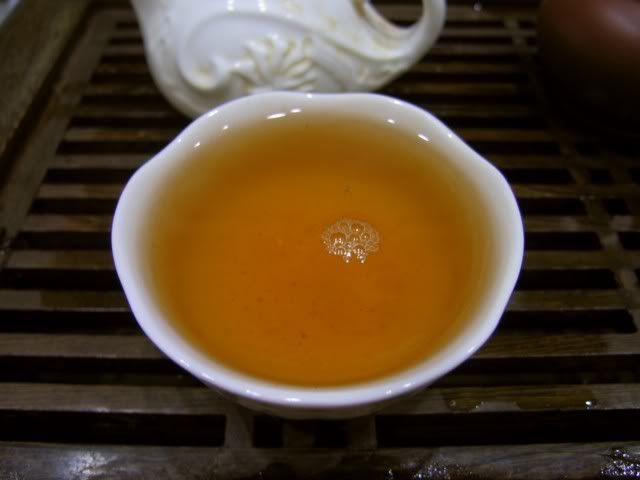
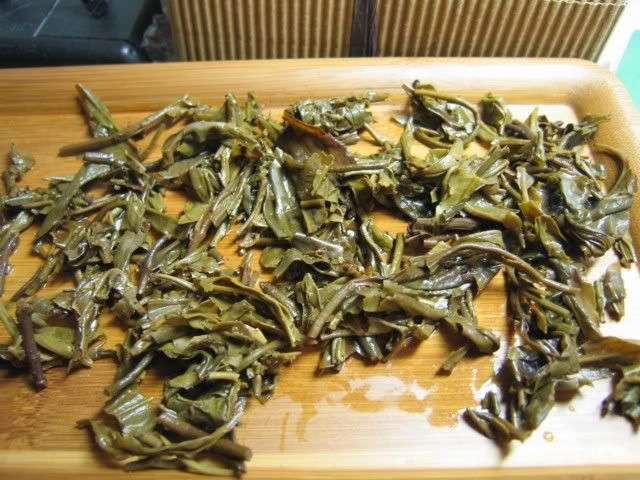



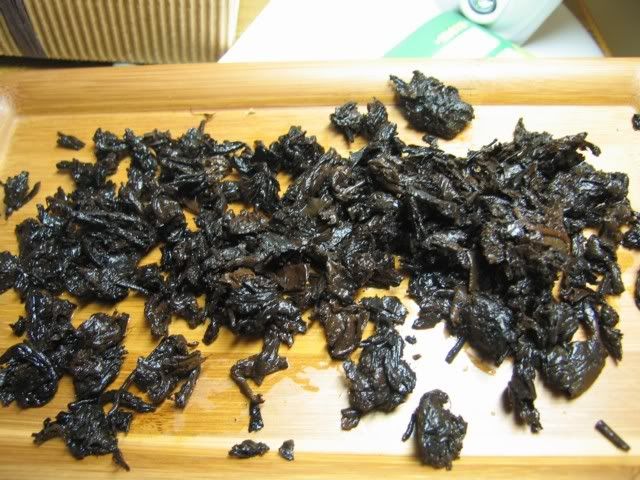
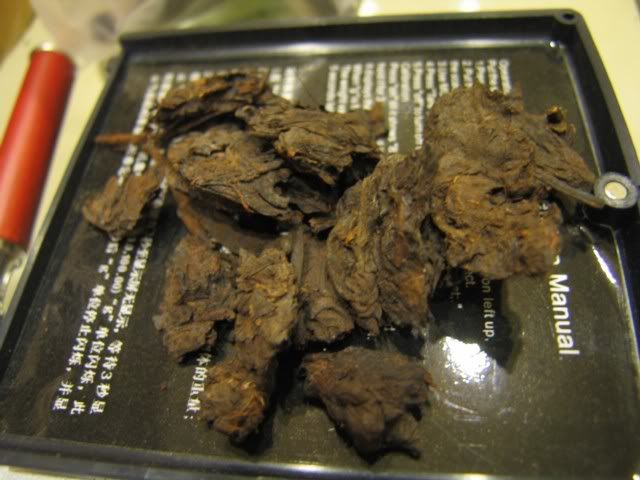
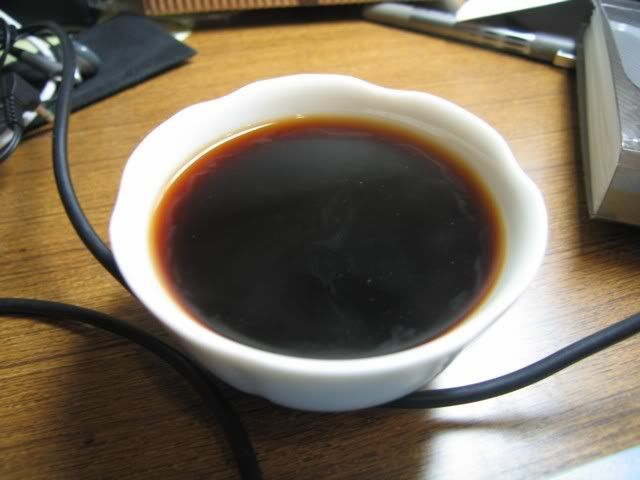
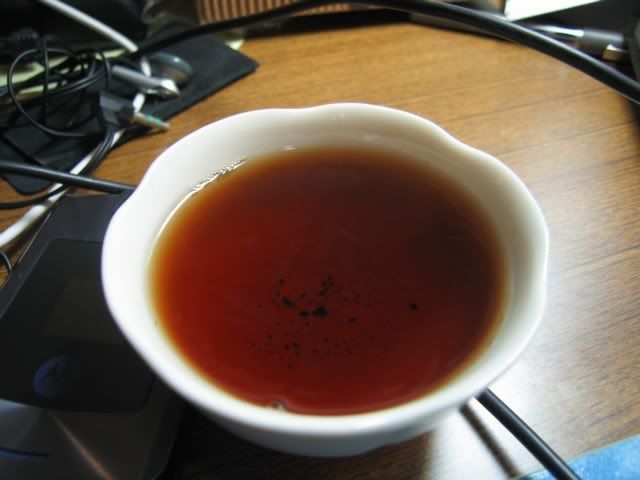
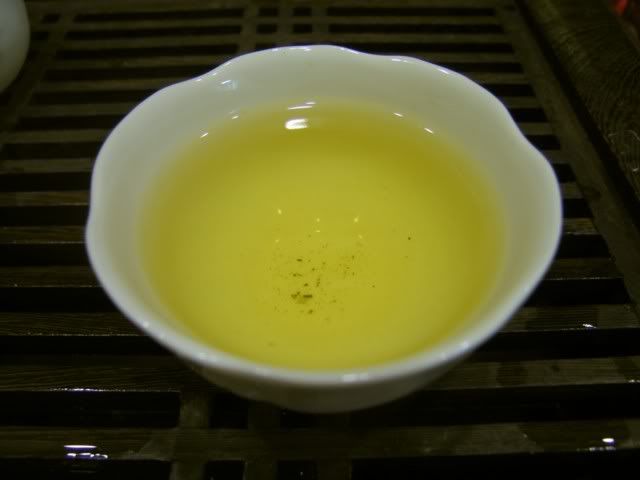
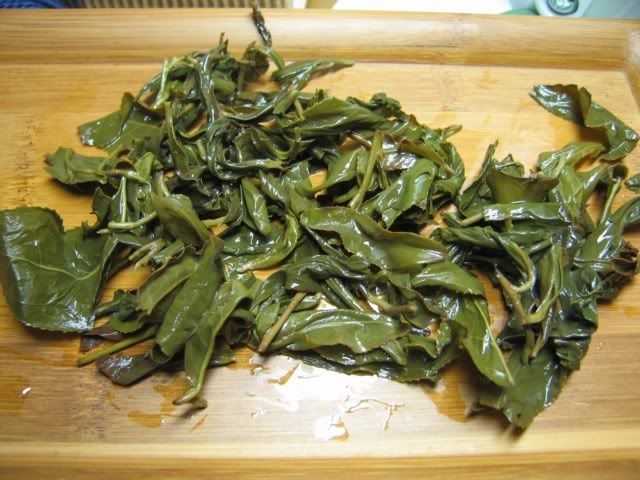
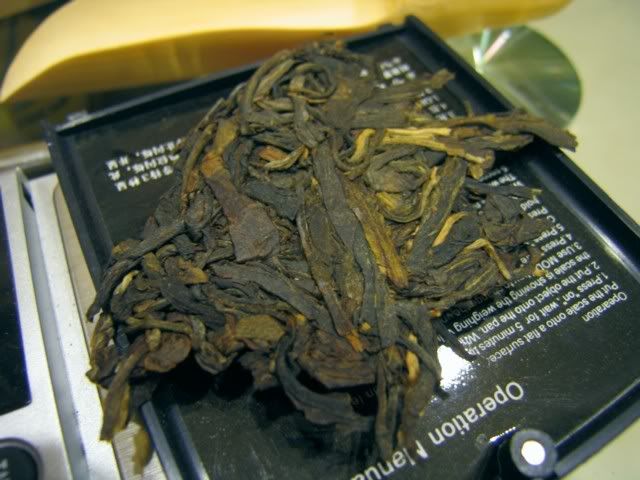
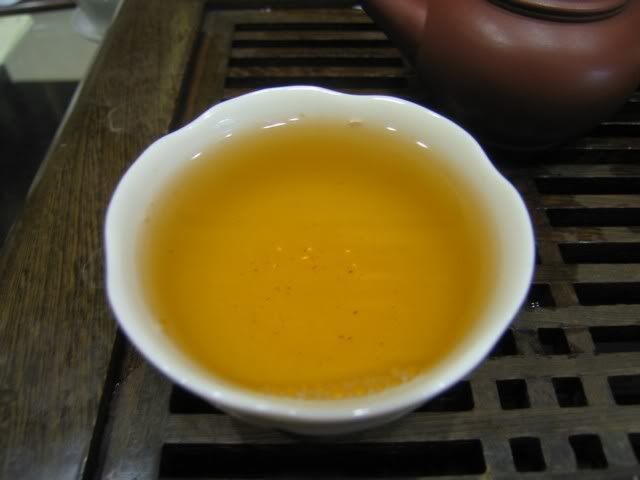
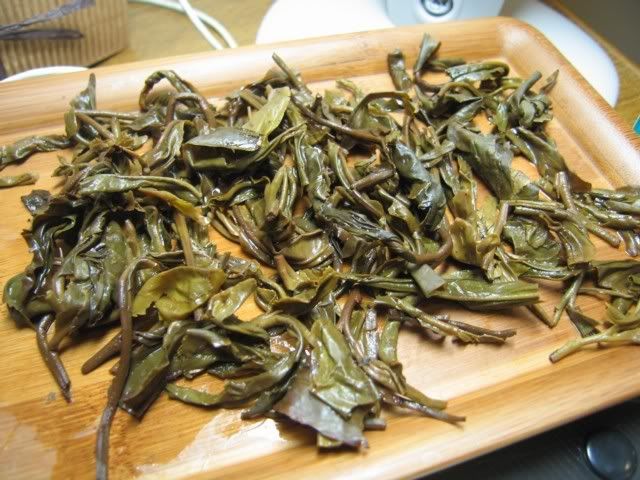

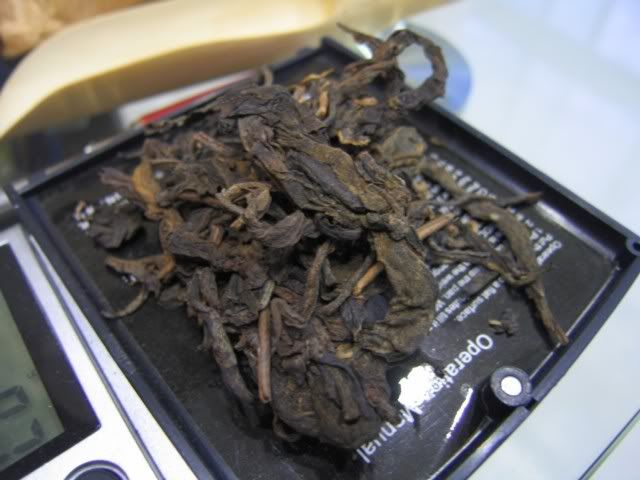
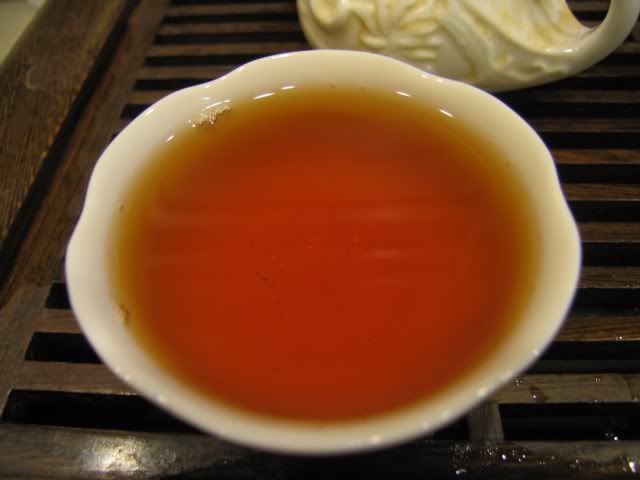



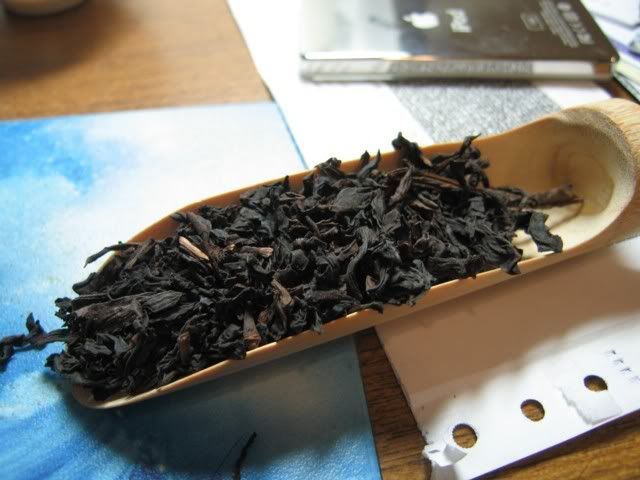

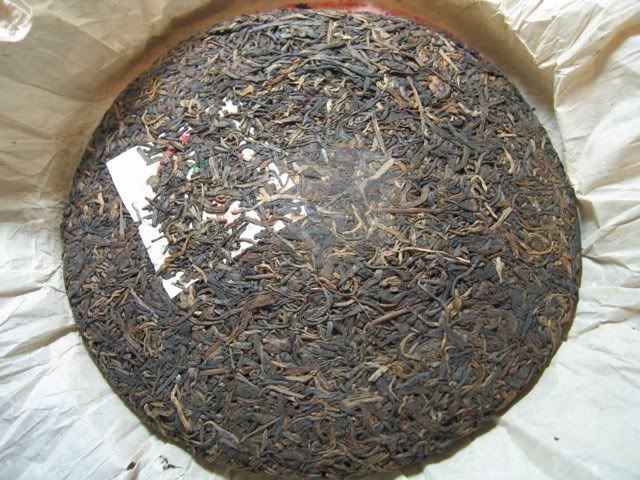
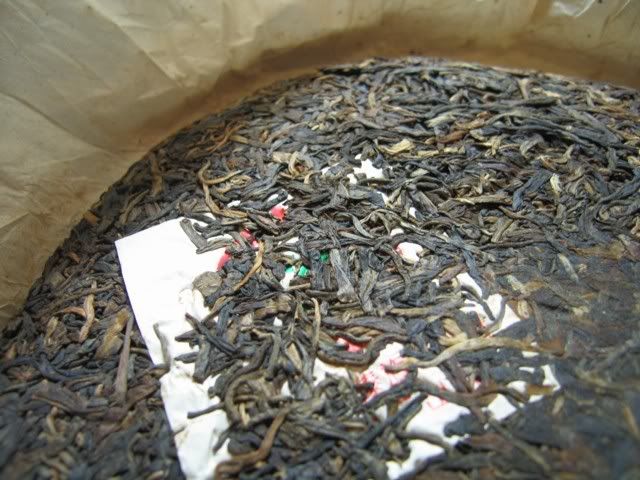

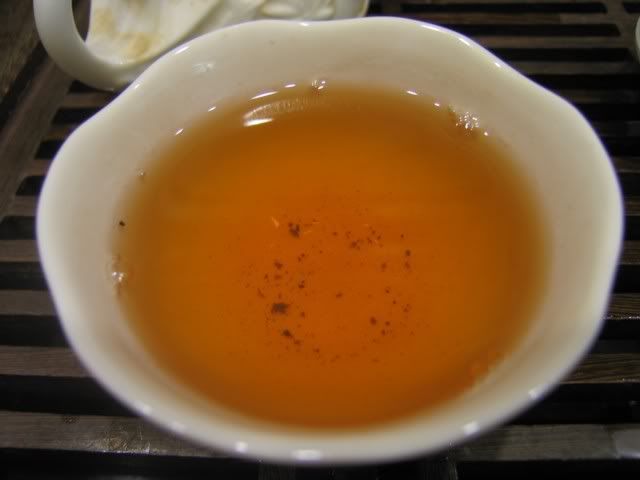
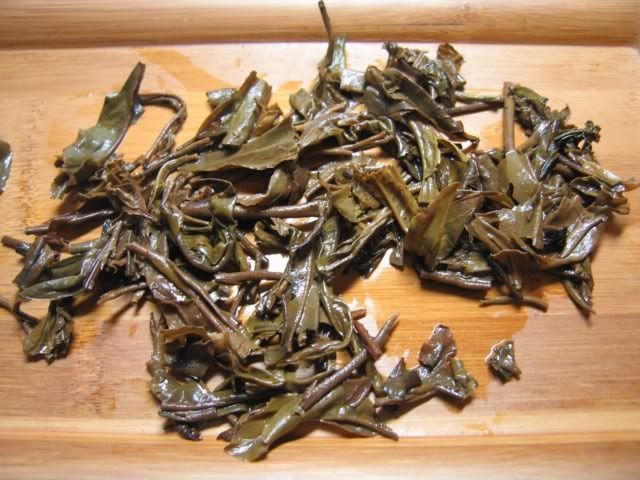
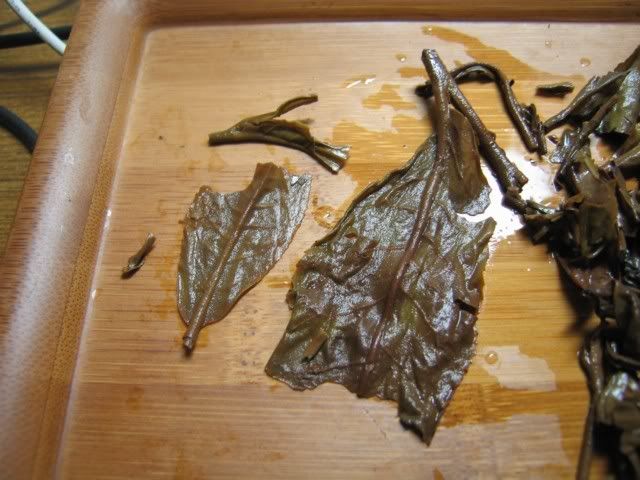
I just want to say that I still find your blog and writing extremely relevant. Thanks!